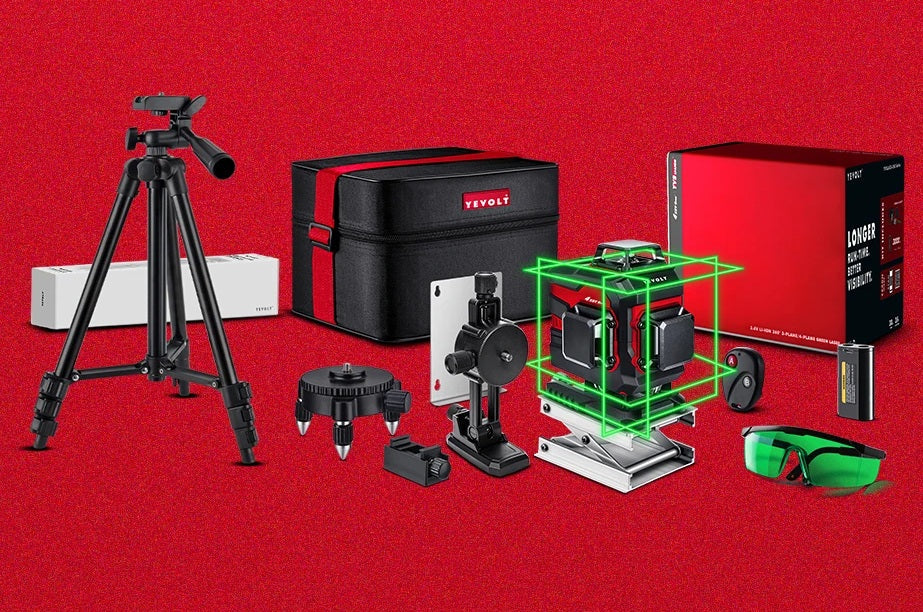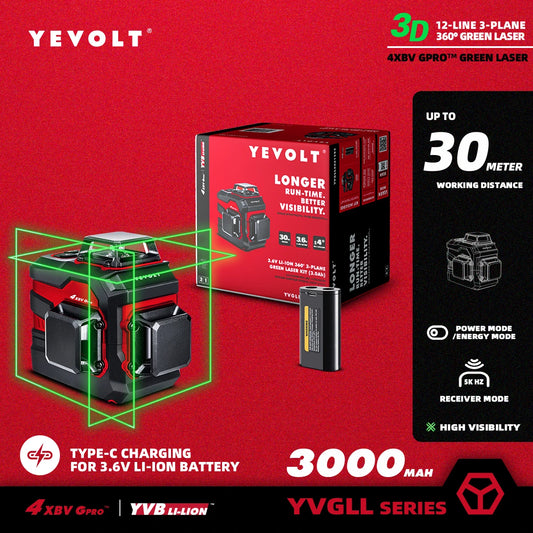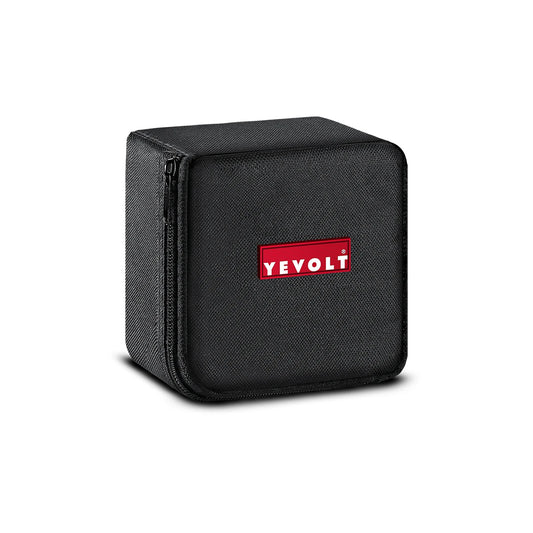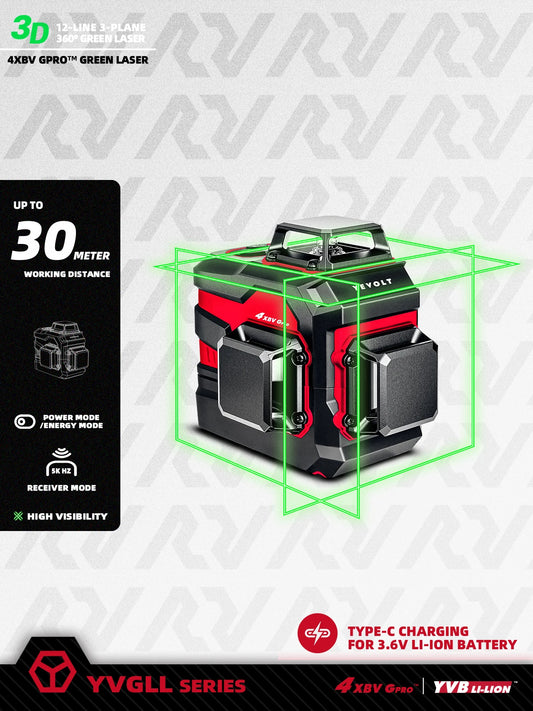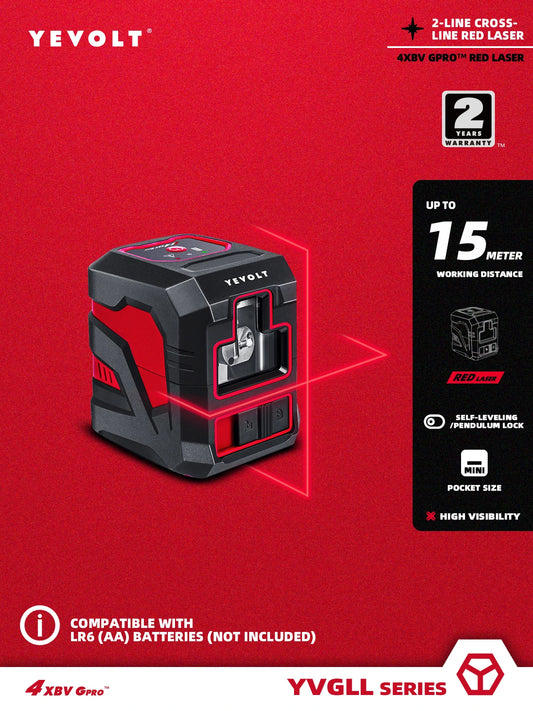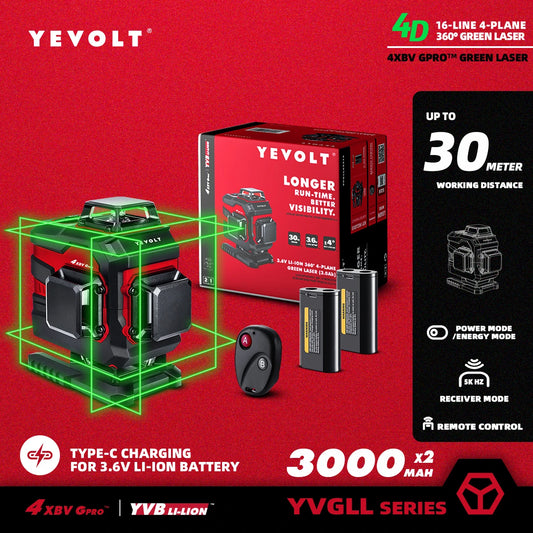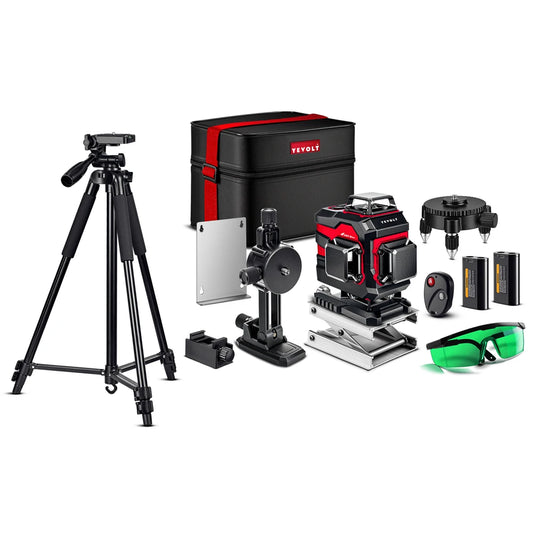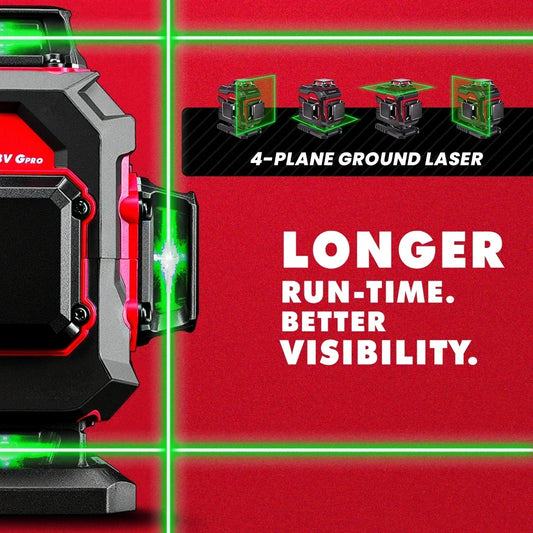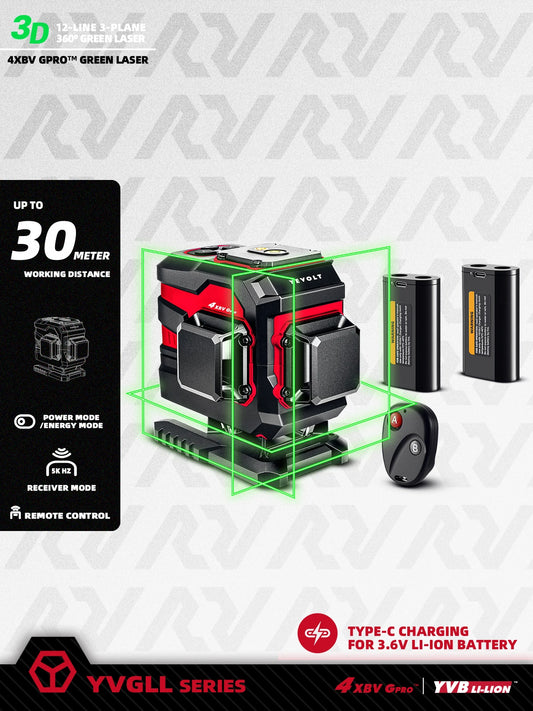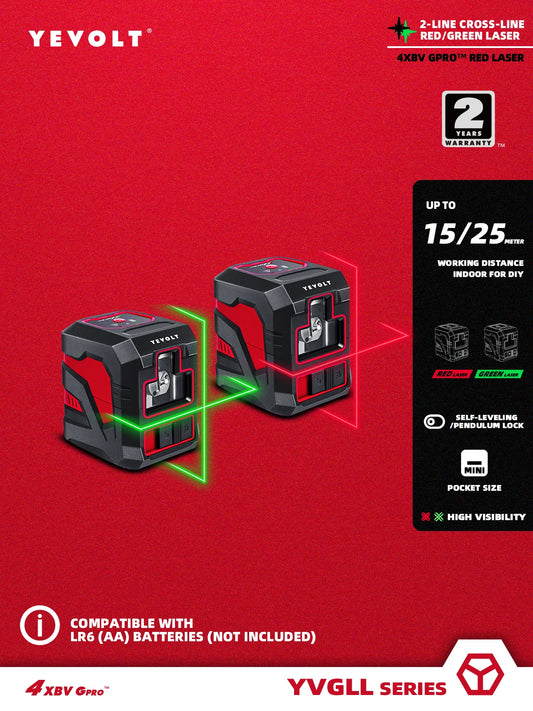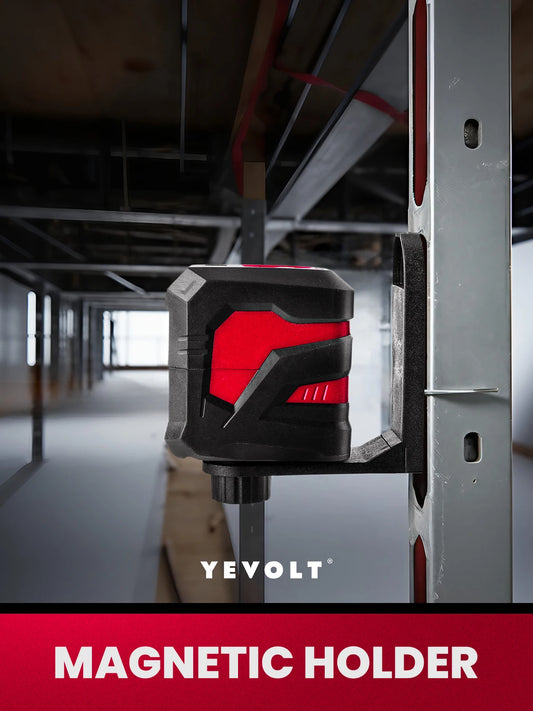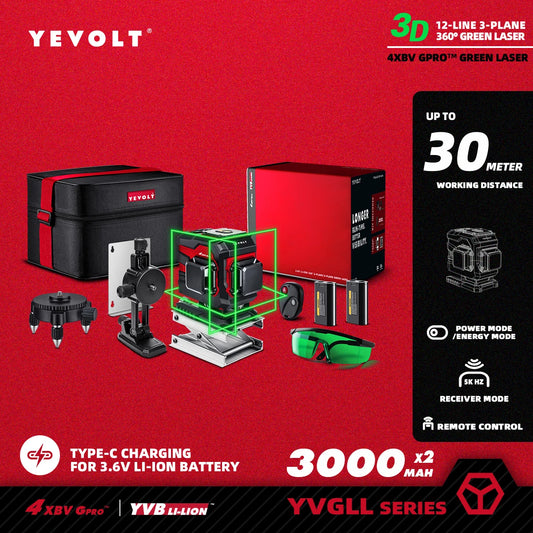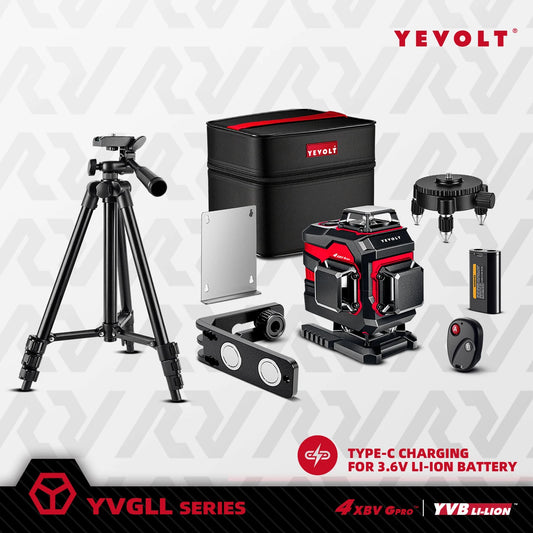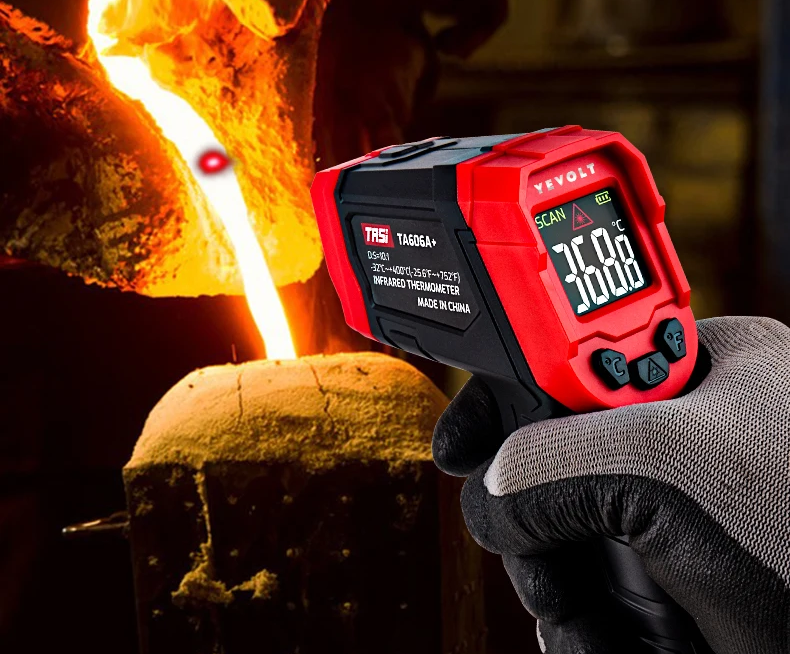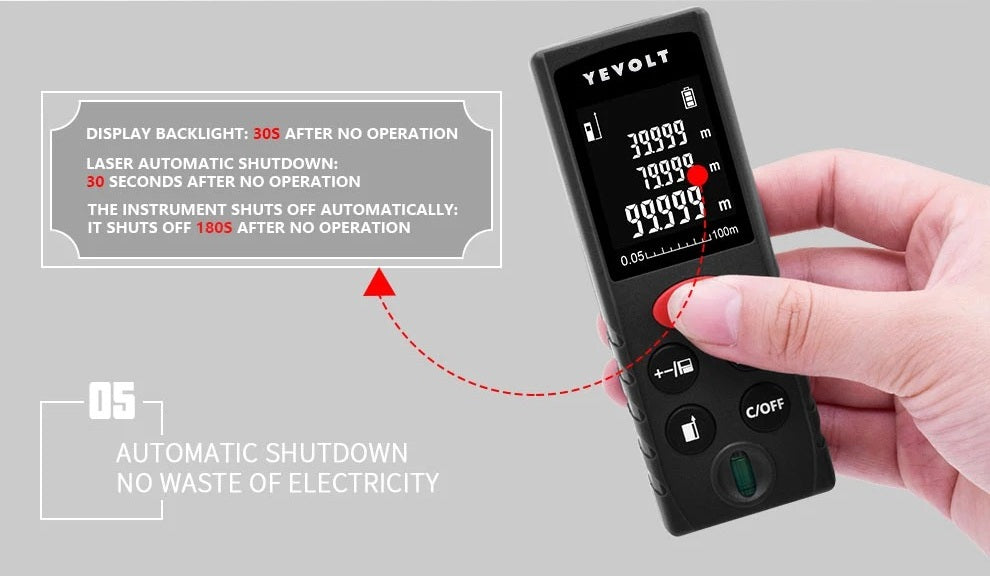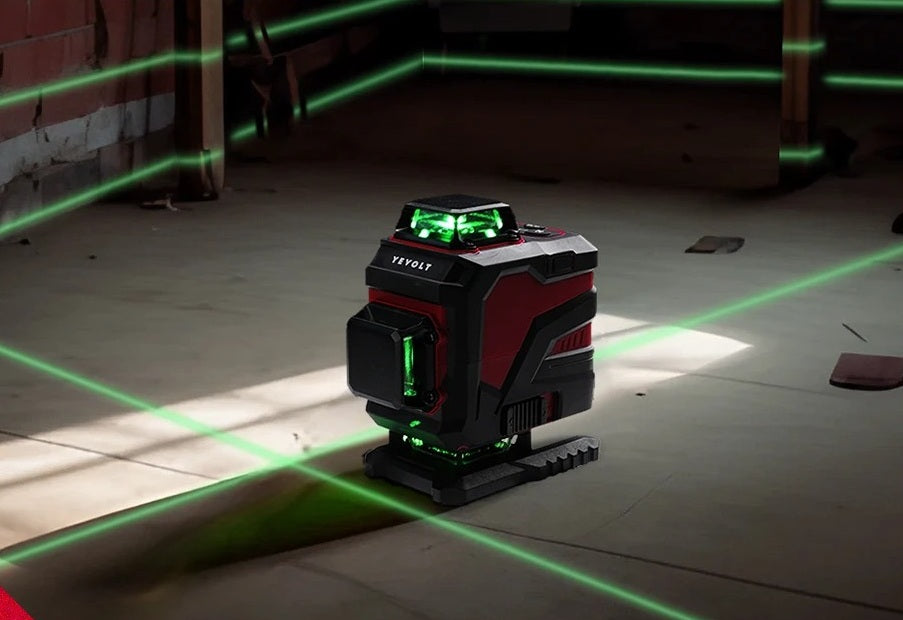Satisfactory Tools Power Plant 2025

Compartilhar
When it comes to industrial innovation, few things excite me more than exploring the raw power and precision behind a power plant setup—especially one built with satisfactory tools that turn complex engineering into smooth automation. At YEVOLT.NET, we’re obsessed with efficiency, durability, and smart power solutions that redefine what “industrial performance” really means. In this article, I’ll break down everything you need to know about building and optimizing a satisfactory tools power plant—whether you’re scaling your production, powering tools sustainably, or simply ensuring maximum uptime.
Right from the start, it’s clear that the secret to satisfactory tool performance lies in mastering power generation, energy management, load balancing, and tool optimization. The modern workshop or industrial facility is no longer just about plugging in machines; it’s about creating a self-sustaining energy ecosystem that fuels productivity while cutting costs and emissions. That’s exactly where YEVOLT’s power systems come in—designed for peak efficiency, safety, and reliability.
In this guide, I’ll walk you through the key principles behind satisfactory power plant setups, the best tools for energy generation and management, and how to maintain them for long-term success. Whether you’re an engineer, a technician, or a serious DIY enthusiast, you’ll walk away with practical insights and expert-backed strategies to make your power system perform like never before.
Best Power Tools | Shop YEVOLT Best Sellers Now
Understanding the Concept of a “Satisfactory Tools Power Plant”
In simple terms, a satisfactory tools power plant is an integrated system that generates, distributes, and optimizes power for your industrial or workshop tools. Think of it as the engine room of productivity—it ensures every saw, drill, welder, and compressor gets the exact energy it needs, without waste or downtime.
A satisfactory setup goes beyond just electricity. It involves:
-
Power generation units (generators, solar panels, or hybrid systems)
-
Energy storage systems (batteries or capacitors)
-
Load management tools
-
Automation software for performance monitoring
At YEVOLT.NET, our expertise lies in bridging these elements into one cohesive unit—making your entire system smart, not just powerful.
2 Line Lasers | Shop Now

Hammer Drill | Rotary Lasers | Laser Distance Meter | Multimeters | Clamp Meter
Why Power Optimization Matters for Industrial Tools
You can’t talk about industrial performance without talking about power optimization. The efficiency of your tools directly affects your bottom line. Overloaded circuits, inconsistent voltage, or energy spikes can shorten tool lifespan and lead to costly breakdowns.
Here’s where power optimization becomes crucial:
1. Enhanced Tool Longevity
Stable power delivery means motors run cooler, circuits stay clean, and mechanical wear is reduced. Properly optimized systems can extend tool life by up to 40%.
2. Cost Reduction and Sustainability
By pairing satisfactory tools with renewable power sources, you can significantly cut energy costs while reducing carbon emissions. Many YEVOLT systems integrate solar-assisted generators or hybrid batteries that balance output intelligently.
3. Maximum Uptime and Reliability
Downtime kills productivity. With smart load-balancing systems, energy flow is distributed based on priority—ensuring critical machines never lose power, even during peak demand.
Cordless Drills | Shop Now
 Network Cable Tester | Brake Fluid Tester | Paint Thickness Meter | Stud Finder | Thermocouple Thermometer
Network Cable Tester | Brake Fluid Tester | Paint Thickness Meter | Stud Finder | Thermocouple Thermometer
Building a Satisfactory Power Plant: The Core Components
Creating an efficient power plant for tools isn’t rocket science—but it does require planning, technical insight, and high-quality hardware. Here’s a breakdown of the essential components:
1. Power Source
Your power source determines capacity and reliability. YEVOLT’s high-efficiency generators and inverter systems are engineered for durability, minimal noise, and consistent output. If you’re integrating solar, ensure panels are rated for industrial-grade performance and weather resistance.
2. Power Management System
The power management unit acts as the brain of your operation. It balances loads, monitors energy flow, and prevents surges. Modern systems feature IoT-enabled dashboards that give you real-time analytics and alerts.
3. Distribution Network
Use heavy-duty cables, surge protectors, and well-insulated connectors. Any weak link here can cause inefficiency or hazard.
4. Backup & Storage
A robust battery backup ensures you’re never left in the dark. Lithium-ion or sodium-ion options work best for steady tool usage, paired with inverter chargers for fast recovery.
5. Automation Software
Automation is what makes a plant truly satisfactory. With YEVOLT’s smart monitoring tools, you can schedule power cycles, detect anomalies, and even predict maintenance needs.
Infrared Thermometers | Shop Now

Hygrothermograph | Moisture Meter | Illuminometer | Anemometer | Sound Level Meter
How to Optimize Your Power Plant for Peak Efficiency
Once your system is running, fine-tuning it for efficiency and safety is the next big step.
Monitor Energy Flow in Real Time
Install sensors and digital meters at key points. Real-time feedback helps identify inefficiencies and allows immediate corrective action.
Regular Maintenance and Calibration
Even the best systems degrade over time. Schedule inspections, clean terminals, and calibrate meters every six months.
Load Prioritization
Group your tools by power demand and operational importance. Assign higher priority to essential machinery using programmable logic controllers (PLCs).
Integrate Renewable Energy
Hybrid setups—combining grid, solar, and generator sources—offer the best balance between performance and sustainability.
Safety First
Always include circuit breakers, insulation layers, and emergency shutoff mechanisms. Safety is non-negotiable in any industrial environment.
Common Mistakes to Avoid When Setting Up Your Power Plant
Even experienced technicians make these critical errors:
-
Ignoring Power Ratings: Never connect high-demand tools to circuits not rated for their load.
-
Skipping Grounding: Proper grounding prevents both shock hazards and electromagnetic interference.
-
Overlooking Software Updates: Modern systems depend on firmware updates for accurate readings and AI-assisted diagnostics.
-
Undervaluing Preventive Maintenance: Small issues like loose terminals can lead to massive failures if ignored.
Avoiding these pitfalls is the difference between a mediocre and a truly satisfactory power setup.
Future of Power Plants in the Tool Industry
The future is smart, connected, and sustainable. AI-driven power management, predictive maintenance, and eco-friendly energy storage are reshaping how we think about industrial energy. YEVOLT.NET is at the forefront of this transformation—developing solutions that merge digital intelligence with mechanical reliability.
We’re already testing next-gen modules capable of adjusting output dynamically based on tool behavior, ensuring every watt is used efficiently. This not only cuts waste but also prolongs tool performance across your entire facility.
Final Thoughts
As someone who’s spent years optimizing industrial energy systems, I can confidently say: the key to a truly satisfactory tools power plant lies in balance—between power and precision, innovation and safety, performance and sustainability. At YEVOLT.NET, we design with one goal in mind: to give professionals the energy confidence they deserve.
Whether you’re upgrading an old plant or starting from scratch, investing in the right tools and management systems will transform how you work—and how much you save. With smart power solutions, robust automation, and expert maintenance, the future of industrial energy is not just satisfactory—it’s extraordinary.
Voltage Testers | Shop Now
